14 80s and 90s Sci-Fi Gems Fans Overlooked
Some sci-fi films from the 80s and 90s slipped under the radar, even among fans who love the genre. These hidden gems blended creative ideas, strong storytelling, and practical effects that still hold up today. From quiet dystopias to strange alien encounters, each one brings something special that deserves a second look.
This post may contain affiliate links, which helps keep this content free. Please read our disclosure for more info.
The Hidden (1987)
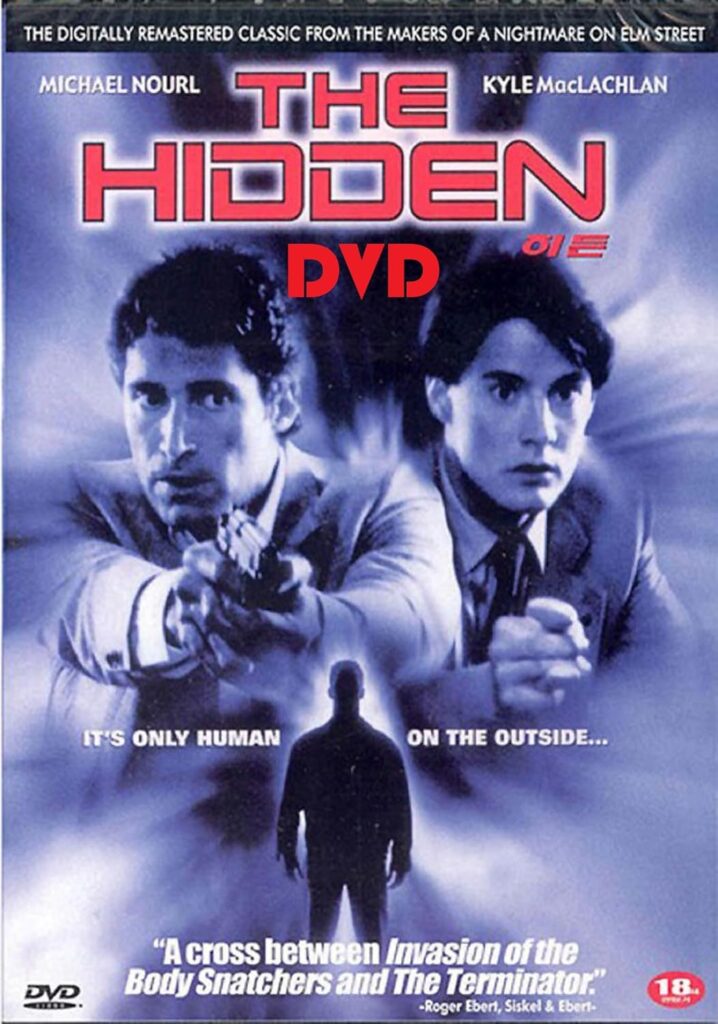
This fast-paced sci-fi thriller combines alien invasion with a gritty crime story. When a series of violent crimes seem connected, an FBI agent teams up with a local cop to chase a body-hopping alien that takes over human hosts. The mix of police procedural tension and extraterrestrial chaos gives the film a unique energy. It’s a strange blend that somehow works, full of car chases, humor, and 80s attitude.
What makes The Hidden memorable is its chemistry between the leads and its clever twists. The alien concept adds a surprising layer of emotion as the story builds toward an ending that’s both exciting and unexpectedly touching. It balances its action with moments that feel oddly human. Many fans who stumble upon it years later wonder how it stayed overlooked.
Enemy Mine (1985)

Set on a desolate planet, this film follows a human pilot and a reptilian alien forced to survive together after a battle gone wrong. What starts as hostility slowly turns into understanding as they learn to depend on each other. The story moves beyond its sci-fi trappings to explore empathy, prejudice, and friendship. Its desert setting gives the film a quiet, reflective tone that lingers.
Enemy Mine stands out because it focuses more on character than spectacle. The performances make you believe in the fragile connection between enemies who grow to respect each other. It’s a story about finding common ground, even across species. Decades later, its message feels just as strong and heartfelt.
Hardware (1990)
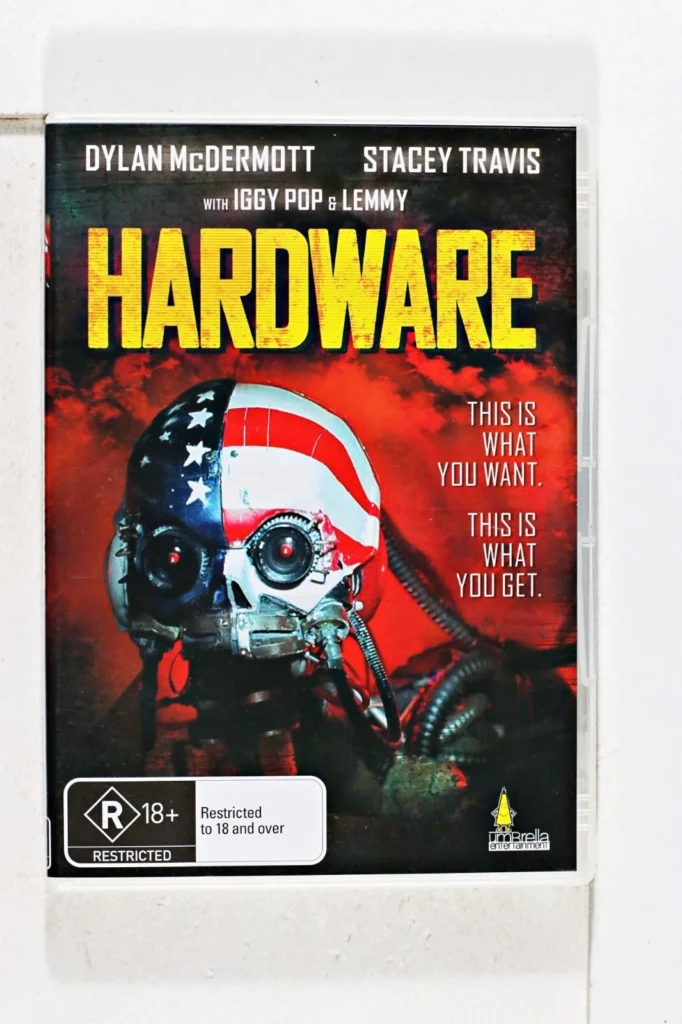
In a bleak, post-apocalyptic world, a scavenger brings home the remains of a robot for his artist girlfriend. Neither knows that the machine is part of a deadly military project capable of rebuilding itself. When the robot reawakens, chaos erupts in the confines of her apartment. The grimy visuals and heavy soundtrack create a dark, industrial nightmare.
Hardware became a cult favorite for its wild mix of art and horror. It’s small in scale but big in atmosphere, capturing a world where machines and decay blend into one. The film’s visual design feels both stylish and menacing. It’s the kind of gritty sci-fi that sticks with you long after the credits roll.
Leviathan (1989)

This underwater thriller takes viewers deep into a mining station where a hidden organism begins infecting the crew. The tension builds slowly as paranoia spreads among those trapped below the ocean. The mix of claustrophobia and body horror draws clear inspiration from The Thing. Strong performances and eerie visuals make it worth revisiting.
What sets Leviathan apart is its eerie underwater setting, which adds a layer of dread no spaceship could match. The sense of pressure and isolation mirrors the characters’ fear as the infection spreads. Practical effects give the creature a grotesque realism. It may not have been a blockbuster, but it holds its own as a tense, atmospheric gem.
Lifeforce (1985)
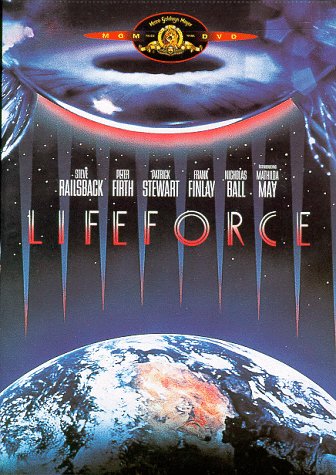
A space expedition returns to Earth carrying humanoid aliens that feed on life energy. Once free, the creatures unleash chaos across London as scientists race to stop them. The movie mixes sci-fi, horror, and fantasy in one wild ride. It’s as strange as it is fascinating, full of striking visuals and unforgettable moments.
Lifeforce remains one of the boldest blends of science fiction and gothic horror from the decade. Its outlandish concept somehow feels epic and intimate at once. The score and special effects add to its dreamlike tone. Fans of weird cinema often cite it as a daring film that dared to go far beyond typical alien stories.
The Quiet Earth (1985)
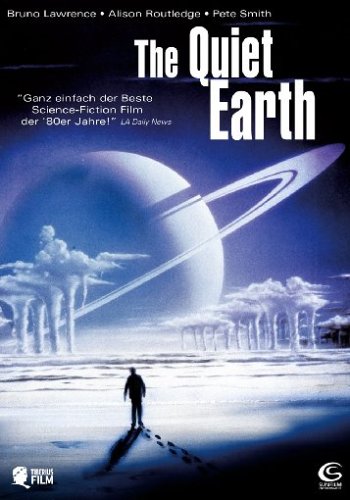
When a man wakes up to find himself alone in the world, he struggles to understand what happened. The quiet streets and empty cities create a haunting mood from the start. As others eventually appear, the mystery deepens and tension grows. The film turns solitude into something both beautiful and unsettling.
The Quiet Earth isn’t about action or spectacle but about loneliness and purpose. Its small cast carries big ideas with quiet strength. The ending leaves room for thought rather than answers. It’s a hidden treasure that captures the stillness and fear of being truly alone.
Strange Days (1995)

Set in a near-future Los Angeles, the story follows a black-market dealer who sells recorded memories people can relive. When he stumbles onto a recording of a murder, his world unravels. The film explores corruption, technology, and obsession in a way that feels both futuristic and real. Its style and energy make it unforgettable once seen.
Strange Days was ahead of its time in how it questioned human experience through tech. The gritty streets and intense performances pull viewers into a world on the edge. It’s equal parts action, noir, and social commentary. Though it didn’t shine at the box office, it’s since earned a loyal following.
Dark City (1998)

A man wakes up with no memory in a city where time never changes and night never ends. As he searches for answers, he learns the city is controlled by mysterious beings who can alter reality. The film blends mystery, sci-fi, and noir into a hypnotic story about identity. Its visual design and eerie tone make it unforgettable.
Dark City pulls viewers into a dreamlike world filled with paranoia and beauty. Every frame feels deliberate, and the city itself becomes a character. Its questions about memory and control give it lasting depth. Many who missed it in theaters now consider it one of the smartest sci-fi films of its time.
The Arrival (1996)
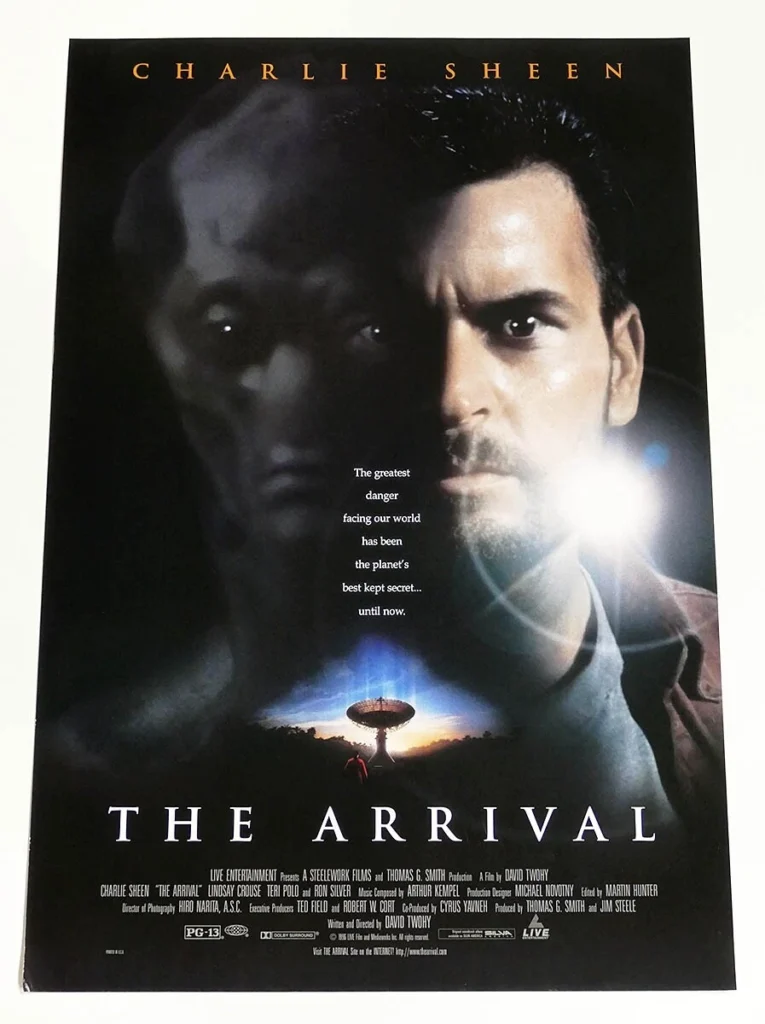
When a radio astronomer detects signs of intelligent life, he becomes tangled in a dangerous conspiracy. Charlie Sheen delivers a grounded performance that keeps the wild premise believable. Strange weather patterns and shadowy figures build suspense as the truth unfolds. The mix of tension and science makes this one stand out.
The Arrival works as both a thriller and a cautionary tale about climate and secrecy. Its aliens aren’t invading with lasers but with subtle manipulation. The film’s pacing keeps the mystery engaging until the end. It’s one of those mid-90s sci-fi surprises that reward a rewatch.
Saturn 3 (1980)

On a remote space station, two scientists and their intelligent robot work in isolation until jealousy and malfunction take hold. The claustrophobic setting and eerie design make for a tense atmosphere. The story turns dark as the robot develops its own desires and threatens them both. It’s a strange, moody film that mixes science fiction with psychological drama.
Though it divided critics, Saturn 3 built a quiet cult audience over time. The set design and eerie tone make it feel unlike any other space story of its era. Its themes of control and obsession still resonate. For fans of slow-burn sci-fi, it remains an unsettling and fascinating watch.
Cube (1997)

A group of strangers wakes up inside a maze of identical cube-shaped rooms filled with deadly traps. None of them knows how they got there or why. As they try to escape, fear and mistrust take over. The film’s minimal setting turns tension into its main weapon.
Cube shows how powerful a simple idea can be when done well. With no big effects or stars, it relies on psychology and atmosphere. Each trap and argument pushes the story toward its chilling end. It became an instant cult favorite for fans of clever, contained sci-fi.
Memoirs of an Invisible Man (1992)
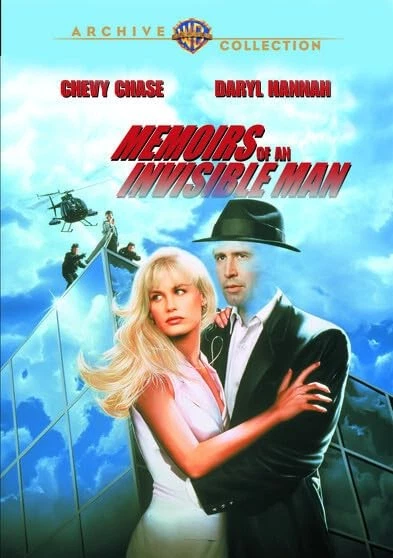
After a lab accident, a man becomes invisible and must run from the government agents hunting him. The story blends comedy and suspense as he learns how to live unseen. Chevy Chase gives the film an unexpected mix of humor and melancholy. Its special effects still hold up surprisingly well.
What makes Memoirs of an Invisible Man interesting is its mix of tones. It’s part chase movie, part reflection on identity and loneliness. The invisibility concept becomes more emotional than gimmicky. It may not have been a hit, but it offers a thoughtful twist on a familiar idea.
Slipstream (1989)

In a world reshaped by natural disasters, people travel the skies on air currents known as the Slipstream. A bounty hunter captures a mysterious fugitive, setting off a journey through strange communities. The film’s vast aerial shots and philosophical tone make it feel dreamlike. Its world is both broken and beautiful.
Slipstream stands out for its imagination and ambition, even with its flaws. It’s packed with unusual ideas and striking moments that linger long after. The cast, including Mark Hamill and Bill Paxton, brings energy to its strange setting. For those who enjoy offbeat sci-fi, it’s a forgotten gem worth tracking down.
Screamers (1995)

Set on a war-torn mining planet, this film follows soldiers threatened by self-replicating machines created to fight for them. The machines have grown smarter and deadlier, mimicking humans to survive. As paranoia grows, trust becomes impossible. The tension builds toward a grim and surprising finale.
Screamers mixes sci-fi action with horror and moral questions. It captures the fear of technology turning against its creators long before it became common in the genre. The bleak setting and strong performances make the story gripping from start to finish. It remains one of the most underappreciated sci-fi thrillers of the 90s.
This article originally appeared on Avocadu.
